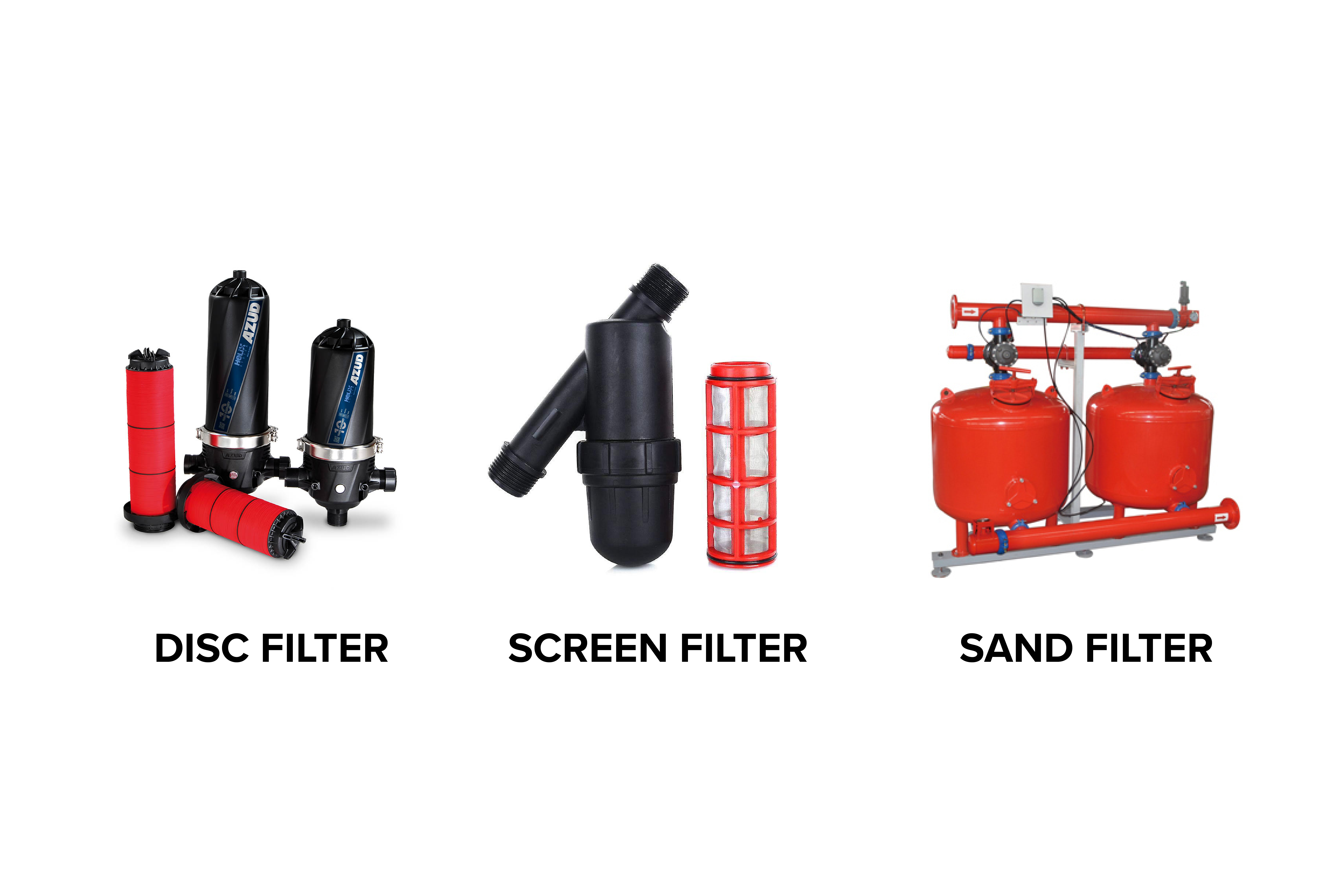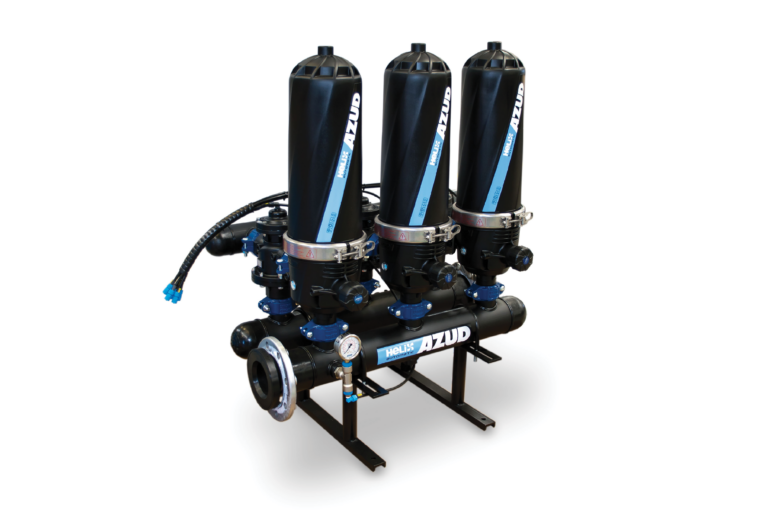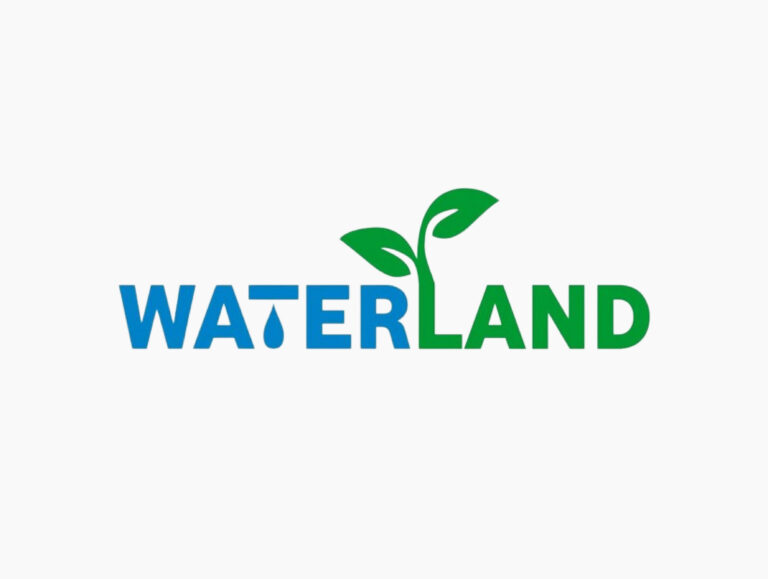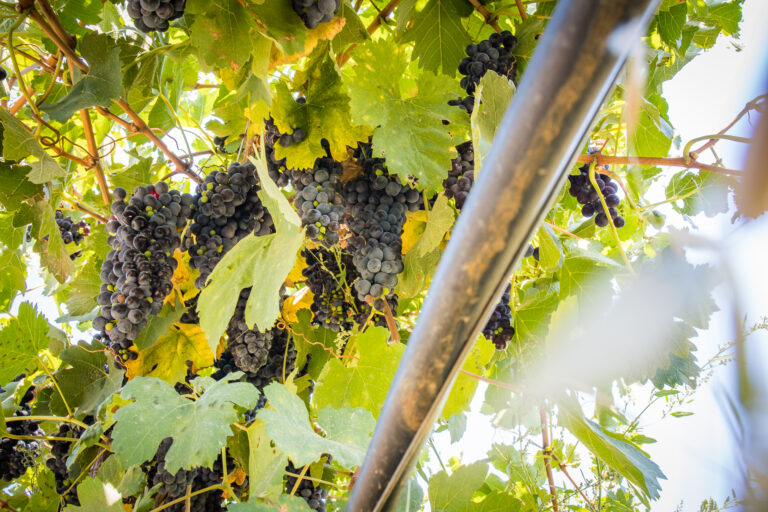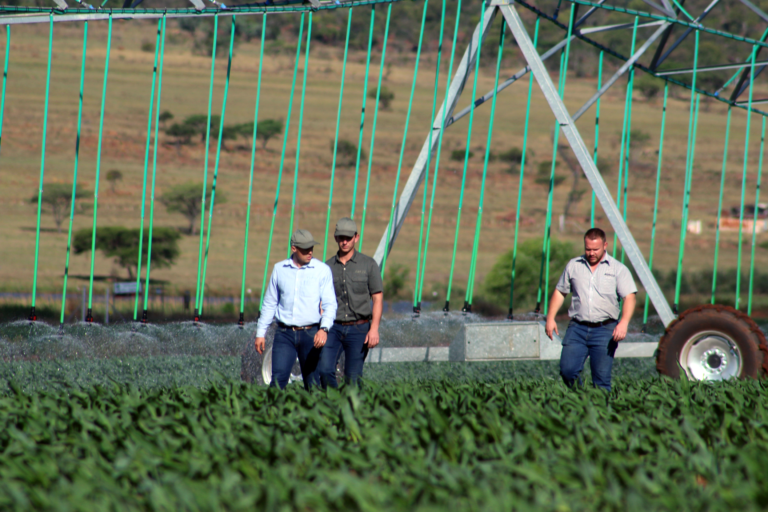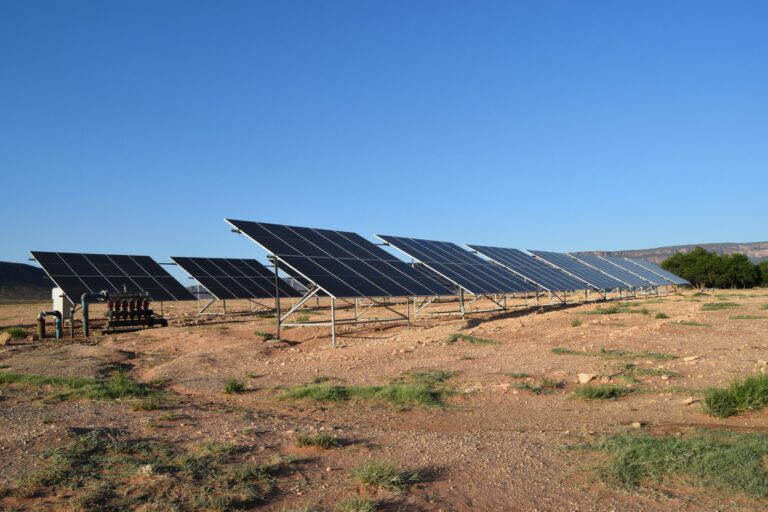
Agrico Vredendal fokus op hernubare sonkrag vir besproeiingstelsels
“Sonkrag is die toekoms en ons visie by Agrico Vredendal is om die tipe tegnologie in besproeiing uit te brei,” sê Roekie Coetzee, takbestuurder van Agrico in Vredendal. “Dit is juis waarom ons reeds venootskappe in sonkrag begin vorm het: sodat ons die boer kan help om daardie omskakeling so moeiteloos as moontlik te maak.”


